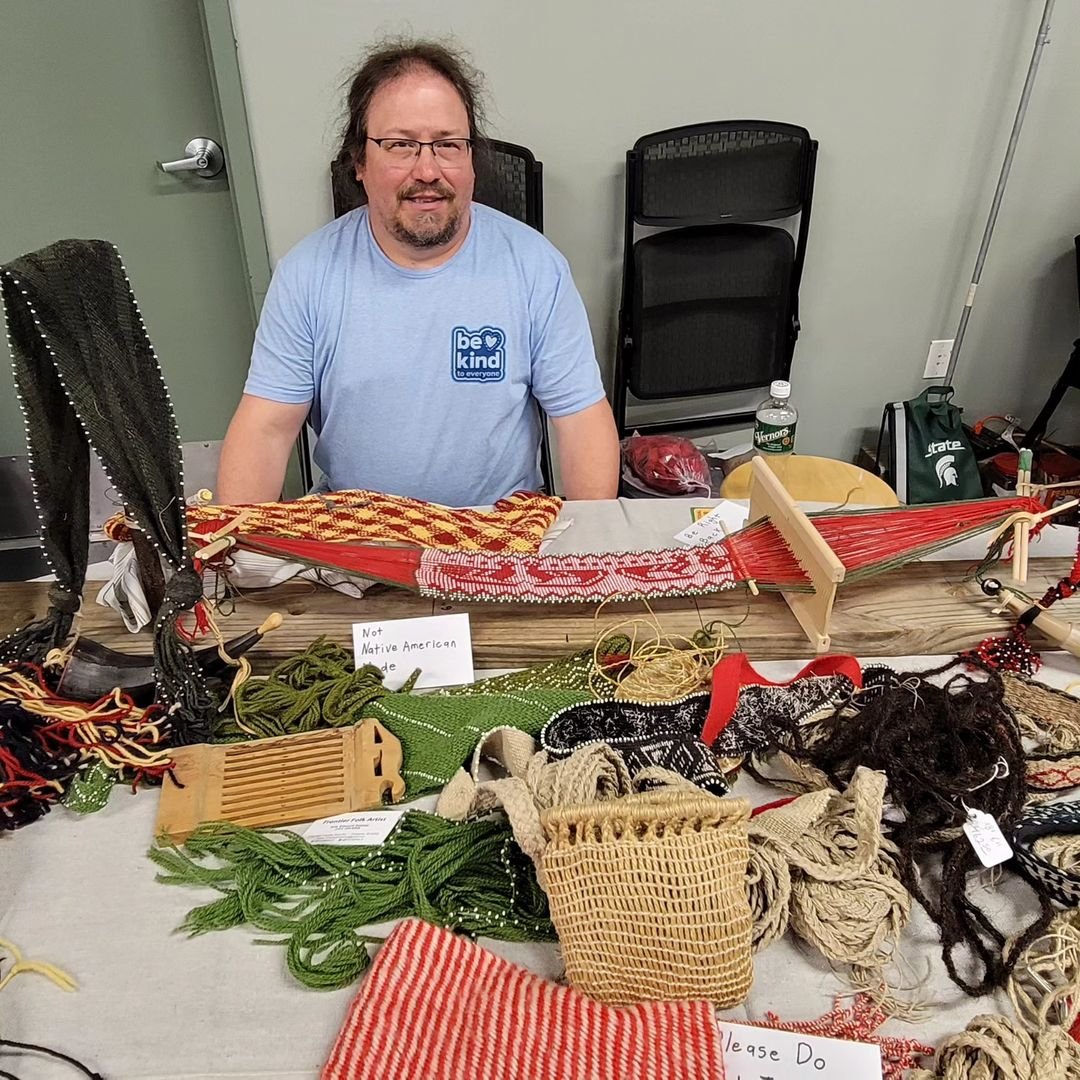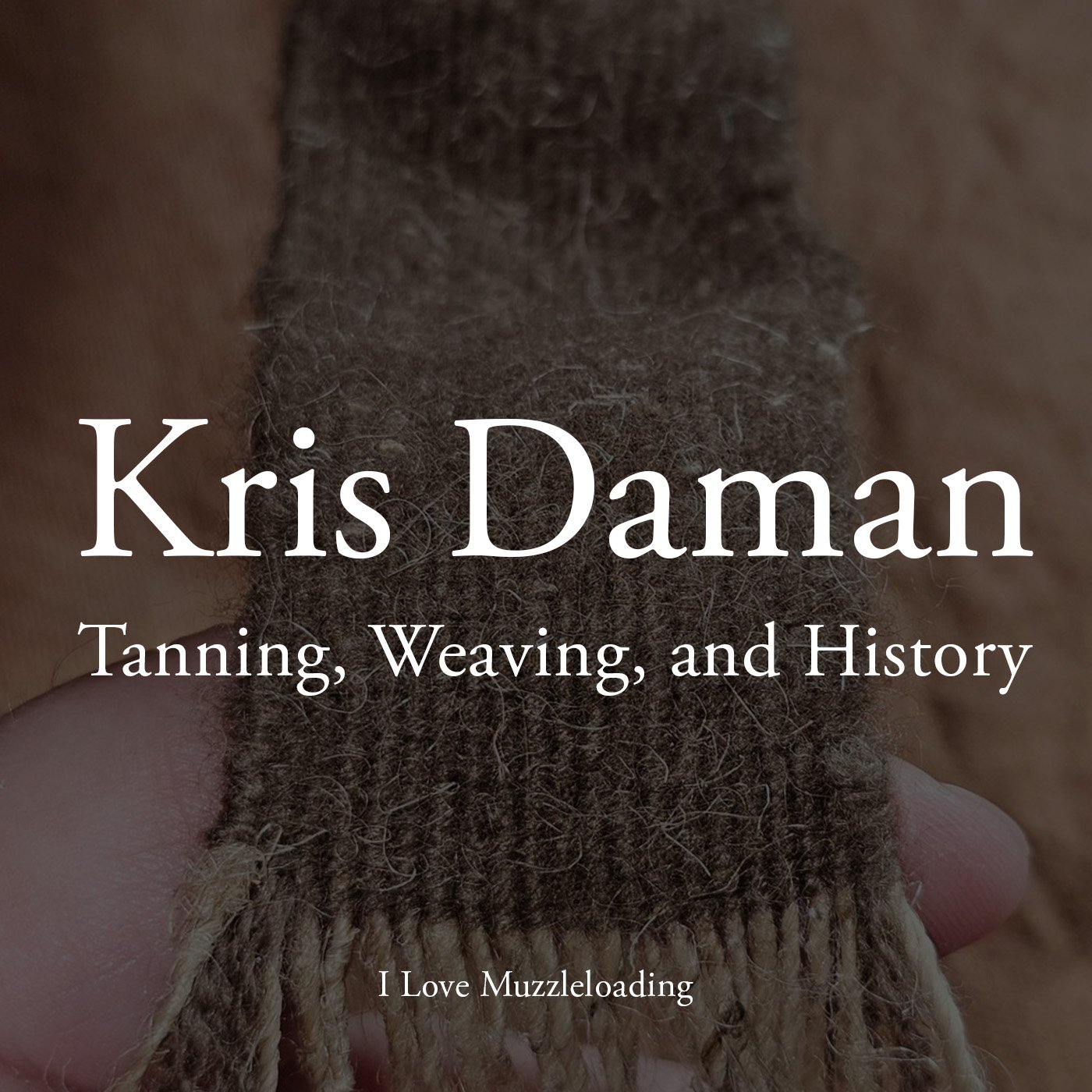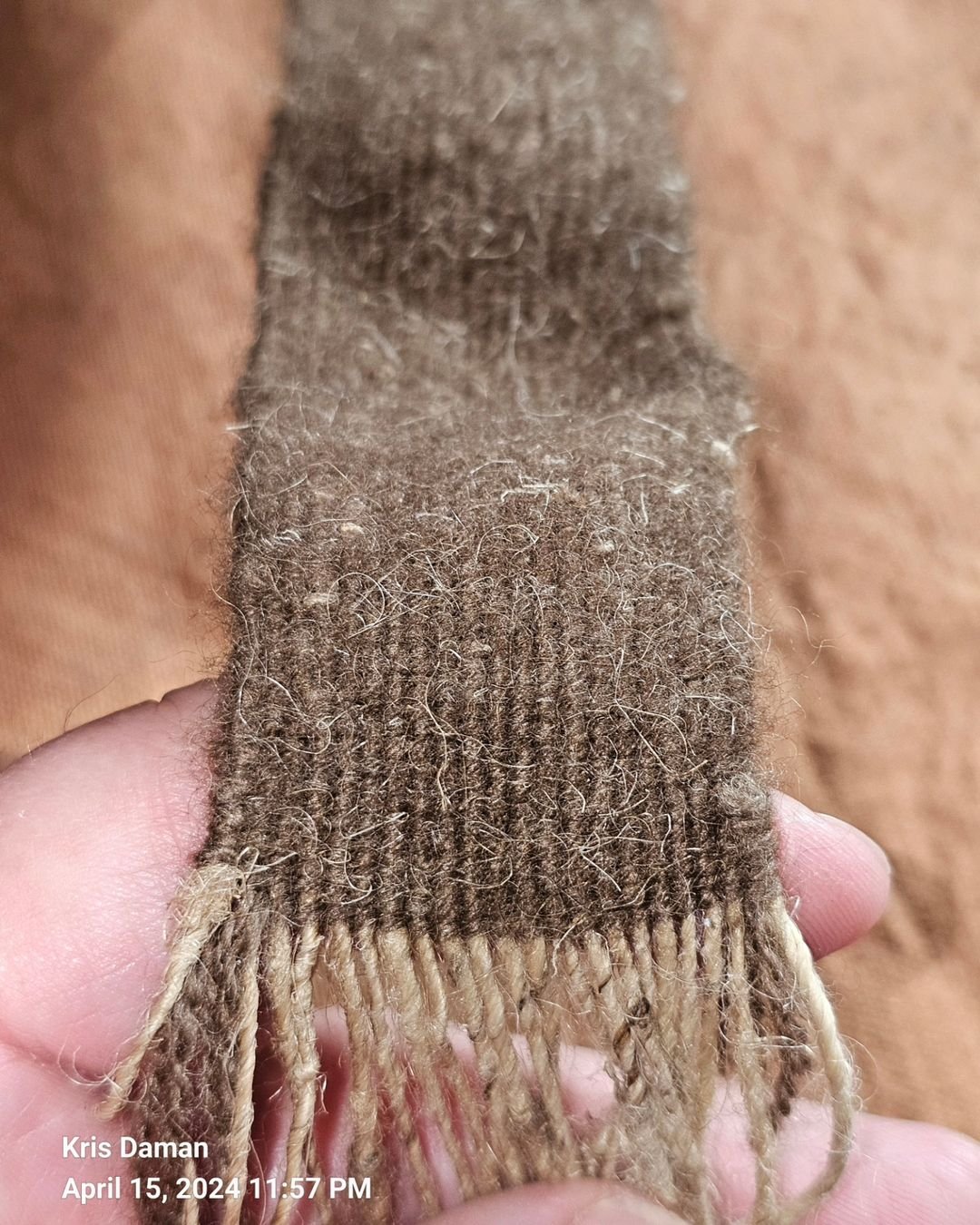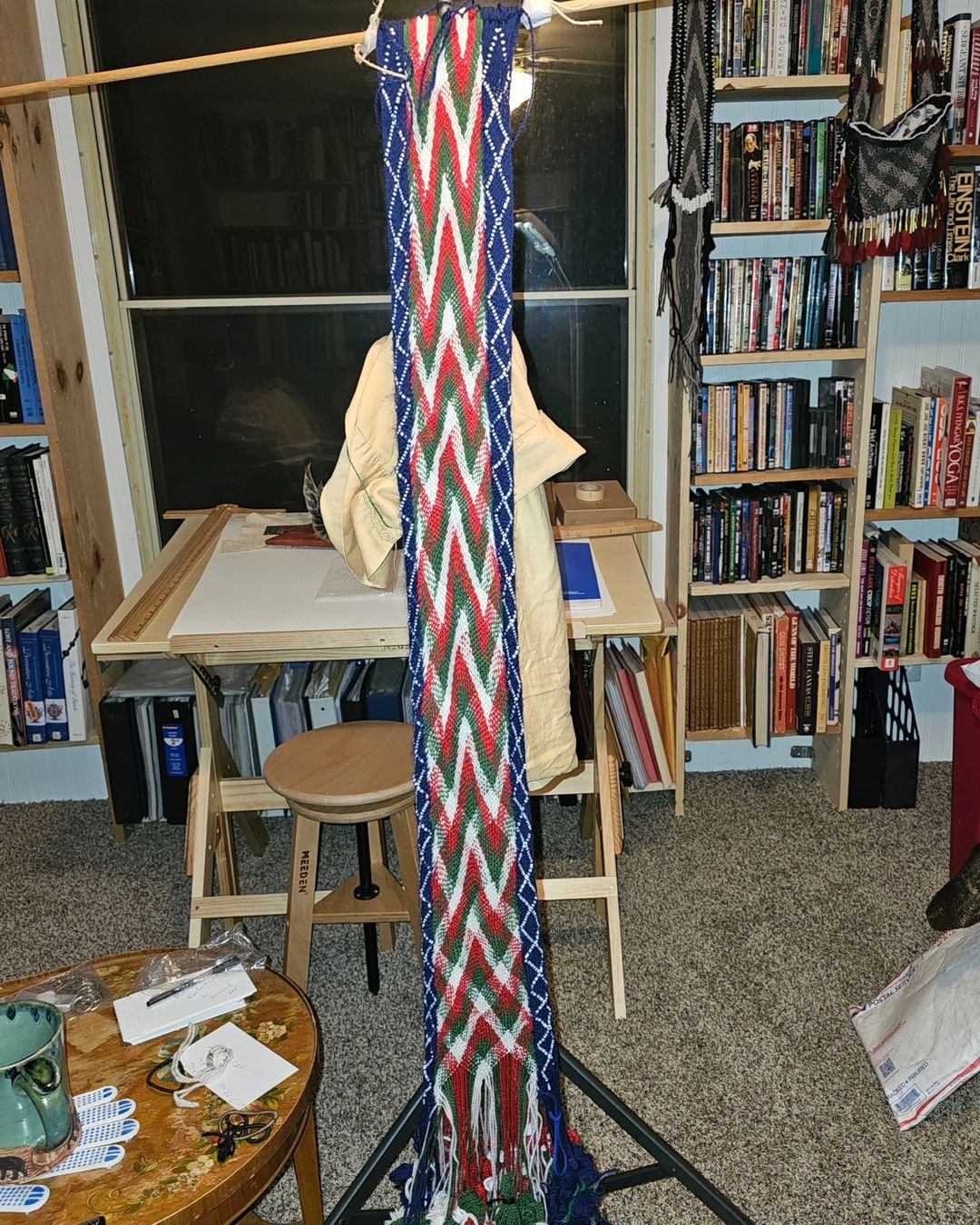Kris Daman - Anthropology to Weaving and the Guts Between | I Love Muzzleloading Podcast
Today we're talking with artisan Kris Daman about his history in muzzleloading, how he got started and how that journey lead him to rediscovering some almost long lost artforms. Kris recreates the artwork many today don't have the stomach for, from skinning and tanning to weaving and more.
Follow Kris' work online: Instagram. madtanner67 , Facebook kris.daman.5
How did you get your start in muzzleloading and its associated crafts?
Life long interest in history, and material culture & lifeways of our ancestors.
Grew up in Monroe Michigan. Battle of 1812 site. Spent a lot of time at the local museum.
History was everywhere. Neighbor had a chimney from a settlers cabin in their backyard.
General Geo. A. Custer"s farmhouse was across the street from me. Annie Oakley & Wild Bill Hitchcock used to visit there. One of Custers horses named Dandy is buried there.
The River Raisin which was a Battle Cry in 1812 "Remember the Raisin" had Native villages the length of the river.
I was a loner and spent all my time either in the river or surrounding woods and fields.
My ancestors fur trading post the Navarre Anderson trading post is now part of the Museum complex in Monroe.
The above & book research started me on my journey to being a historical artisan.
I moved to IN. in 1984 and my neighbor Rex Young was a muzzleloading shooter/builder/historical reenactor. He taught me how to shoot muzzleloaders, took me to my first rendezvous and got me into reenacting.
I used to go to friendship every year and spend hours talking to and learning from Curly Gostomski, and at gunmakers hall watching the gunsmith.
I wanted to be a muzzleloading gun builder originally, concentrating on trade guns but life had other plans.
I’d like to hear a bit about your journey of how you got started and how you got into doing the work you do today.
I used to try and tan muskrat hides that I trapped as a kid. Our family ate a lot of muskrat. And make stuff out of them. It never worked and my dog thought they were tasty. But it whetted my appetite for crafting. By reading Alan Eckerts series & a Ben Hunt crafts book I started making bags belts etc. Then I found Frances Densmores Ojibway Crafts and her Chippewa ethnology book which started me on the road to making things and using the old time tools & fibers to do so.
For example a friend of mine taught me the basics of braintanning. It took 10 deerskins to learn what I was doing and now have braintanned 6 bison hides and a bunch of other furs and skins
What eras do you create work in and what drew you to those time periods?
After meeting Rex I focused researching and recreating material culture items from the F&I war period.
As my skill set and research has grown I now like to make objects from pre contact to early 1800s
I really enjoy recreating art using stinging nettle, braintan, real backstrap sinew, gut cordage, bison wool and hair.
I make bison hair ropes and am currently making a stinging nettle and bison wool tumpline.
I'm drawn to the above because my ancestors were fur traders in Monroe. Their trading post, The Navarre Anderson Trading post which is part of the Monroe museum complex, was a part of my everyday life. I grew up playing by it.
Peter Navarre a pivotal person in the War of 1812 was my cousin.
What kind of research goes into making the kinds of traditional accouterments you specialize in?
I learned how to research topics pre internet by getting an anthropology degree from IUPUI Indianapolis. I would find a book about a topic I was interested in. Then go through the bibliography and start interlibrary loaning articles and books about what I was interested in. I reccomend this to all reenactors. Listen to and study other people's clothes, gear, haircuts but do your own research. Three references for an object before you make or use it is a good practice for accuracy.
Also approach and talk to people who are making what your interested in. I became good friends with Tim Connin that way. We shared volumes of research and ideas.
What tips do you have for aspiring craftsmen?
Have fun! Do what makes you happy and find fulfillment in. Find others who are making what you want to make. Read & watch videos (plug for Pioneer video here ) Take your time and don't cut corners.
Find a specific topic or time period your interested in and start reading about it.
For Native research read Their Bearing Is Noble & Proud by Jim O'Neil 2nd. Eagle Talon Traders and are the best place to start.
French research get Timothy Kent's Fort Pontchartrain books through interlibrary loan.
Also research your local history and culture and be able to talk about it accurately.
Final advice as your doing your research and learning how to make stuff your now the next person to teach someone else and preserve these art forms.
Kris Daman’s Work
Resources/books Mentioned in this episode
Links may include affiliate links that support the website
Fingerweaving article written by Tim Connin featured in "The Book of Buckskinning VI": https://amzn.to/3Jj3mdy
Chippewa Customs (Publications of the Minnesota Historical Society) Paperback – October 15, 1979https://amzn.to/4aBM4o7
“Without them there would be no smoking, Isaac Walters” - https://frenchinwisconsin.couleetech.com/wp-content/uploads/sites/8/2013/03/Without-them-there-would-be-no-smoking-shared.pdf
Deerskin and Duffles - https://amzn.to/3w5Hxep
Give us good measure- https://amzn.to/3U35RWj
The Fur Trade in Canada: An Introduction to Canadian Economic History (The Canada 150 Collection) by Harold A. Innis - ttps://amzn.to/3UlsxCp






